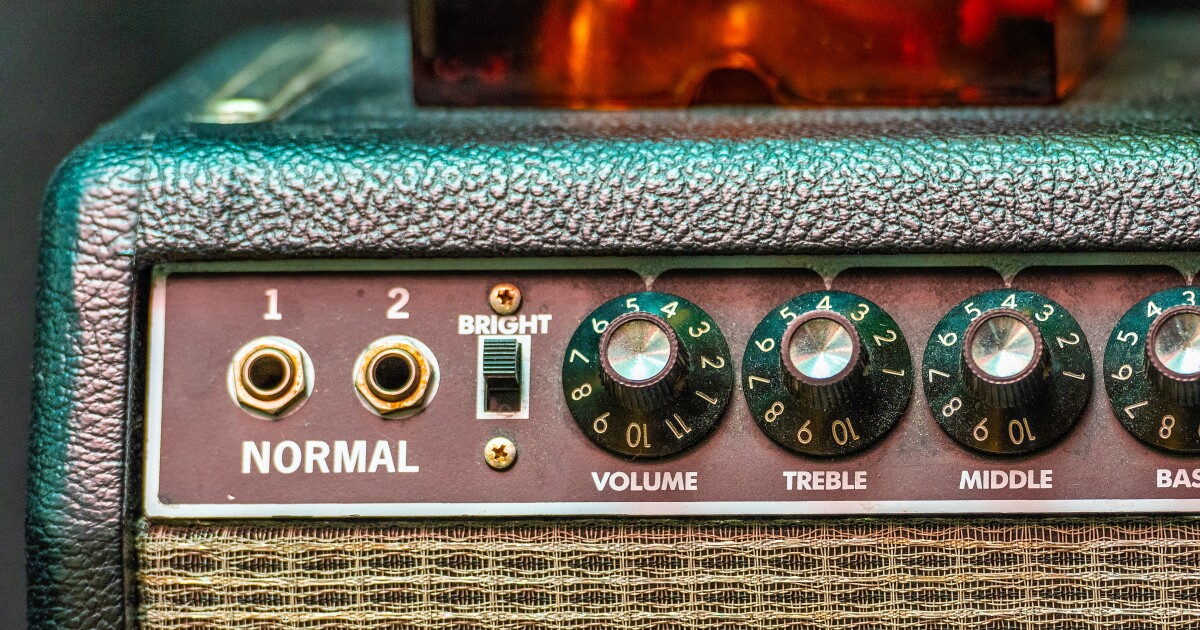
Homebuyers continued to pull back from the market, with the decline in tours and other purchase-related activities at their highest point in over two years, Redfin said.
Redfin's Homebuyer Demand Index was down 16% seasonally adjusted year over year during the week for June 19, the largest decline since April 2020. That marks the 10th consecutive week of drops in this metric.
Meanwhile, for the four weeks ended June 19, an average of 6.1% of homes for sale per week had a price drop, a record high since Redfin started collecting this data in the beginning of 2015.
Rising mortgage rates — the latest Freddie Mac Primary Mortgage Market Survey puts the average for the 30-year fixed at 5.81% — is chilling demand, Redfin Chief Economist Daryl Fairweather said.
"With home prices still at record highs, the affordability crisis has been dialed up to an 11 out of 10," Fairweather said.
Google searches of "homes for sale" for the week ended June 18 were down 14% compared with a year earlier.
Pending home sales dropped 14% for the four weeks ended June 19 from the same period in 2021.
"Even though there are fewer home sales, prices have not declined any significant amount yet," Fairweather said. "But if the housing market continues to cool, prices could fall in 2023."
During the four weeks ended June 19, the median home sale price rose 14% year over year to a record $399,998, while the median asking price for a newly listed home increased 16% to $405,998.
"The question for housing is, is there also a component of house prices, the increases that have been driven not by the fundamentals of supply and demand, but in fact, by easy monetary policy and asset appreciation?" said Doug Duncan, chief economist at Fannie Mae in a recent sit down with National Mortgage News. "We don't know, and if it is we don't know how big it is."
The inventory shortage, a factor in rising prices, is likely to persist because the millennial generation has not yet entered their prime home purchase years.
"There's still strength on the demand side," Duncan continued. "But there's also been incredible monetary ease and we can't discount the fact that part of that price increase is simply asset inflation as a function of monetary policy."
While wages have increased, inflation has risen more. "So when credit costs are going up and real incomes are coming down, that's a really bad place for housing to be," Duncan said.
Meanwhile, new single-family houses sales in May 2022 were at a seasonally adjusted annual rate of 696,000, according to estimates from the U.S. Census Bureau and the Department of Housing and Urban Development. This is 10.7% above the revised April rate of 629,000, but 5.9% below the May 2021 estimate of 740,000.
"The monthly increase in new-home sales beat consensus expectations, but new home sales data is volatile and one month does not make a trend," Mark Fleming, First American's chief economist, said in a statement.
Affordability is an issue for this segment. During May, just 9% of new home sales were priced below $300,000, compared with 23% one year prior.
"While the nation continues to face a housing shortage, new home sales may slow as worsening affordability and higher construction costs take a toll on the new-home market," Fleming said.



